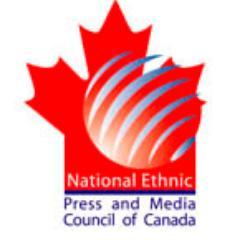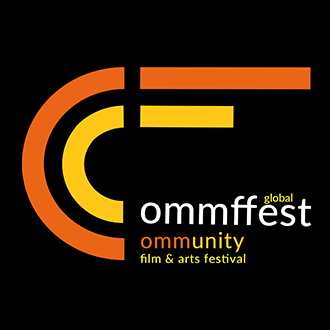
(James Russell is our local Toronto Black Historian for Antigua Barbuda Newsmag)
He demonstrates how we all connect through history
“There's no problem on the planet that can't be solved without violence. That's the lesson of the civil rights movement.”….Andrew Young, American politician, diplomat, activist, pastor, supporter and friend of Dr Martin Luther King Jr.
Aside from the American Revolutionary War, the ’60 and ’70 were some of the most turbulent times in North America’s history. However, unlike the Revolutionary War where white landowners fought for their share of the New Colony’s wealth, the 60s and 70s found black and brown people fighting for the civil rights promised them not only by the American Constitution but fundamental human rights due us from conception.
However, before we examine the depth and breath of the civil rights movement it would be useful, and respectful, to identify the ‘good guys’.
Black Panther Party for Self-Defense (BPP): I begin this list with the BPP because back in the early 70s ‘James Brown” – my alias - was sort of a member. I say ‘sort of’ because although the Berkeley, California branch of the BPP allowed me to live and hang out with them, they thought I was an undercover cop, so the only tasks assigned me was making toast five mornings a week at their Free Breakfast For Children Program. And I must say, I got pretty good conducting my ‘orchestra’ of trusty toasters. One of the Panthers who admired my artistry, I think his name was Elliot, used to love shouting, “Brown is his name – toast is his game!”
In my mind, the BPP was one of foremost, if not the foremost, motivational force of the civil rights movement in the 60s and 70s. Why? Because they were the ‘stick’. Every civil rights movement (or full-out revolution) needs both a carrot and a stick. And, of course, it also needs leaders like Angela Davis, Martin Luther King Jr., Ralph Abernathy, Shirley Chisholm, Malcolm X and Jesse Jackson who knew how to use the motivational powers of carrots and sticks wisely.
The BPP was founded in 1966 in Oakland, California by Huey Newton and Bobby Seale and quickly rose to popularity. So much so that, back in the 60s and 70s, millions of black, brown, yellow and white American’s and Canadian’s walls were graced with that iconic poster of Huey and Bobby standing proudly in front of their office, bedecked in black berets, black leather jackets, shotgun and pistol.
Other organizations at the forefront of the civil rights movement of the 60s and 70s were:
- Student Nonviolent Coordinating Committee (SNCC) 1960-1976
- Revolutionary Action Movement (RAM) 1962 to 1969
- Congress of Racial Equality (CORE) founded in 1942
- Southern Christian Leadership Conference (SCLC) founded in 1957
- National Association for the Advancement of Colored People (NAACP) founded in 1909
- Nation of Islam – founded in 1930
- Some of the civil rights organisations we had in Canada were the:
- .Black Action Defense Committee
- •Black Youth Organisation
- •Universal Negro Improvement Association (a branch of Garvey’s UNIA)
- •Canadian Civil Liberties Association
- •Nova Scotia Association for the Advancement of Coloured People (NSAACP)
I urge you to Google these organisations to discover more about their goals, tactics, accomplishments, successes and failures. Some of the organizations no longer exist, others have faded in influence and numbers of members but every one of them, and many others I haven’t mentioned, played a vital role in not only the civil rights struggles of the 60s and 70s but they laid the ground work for organizations of the 80s and up to today.



